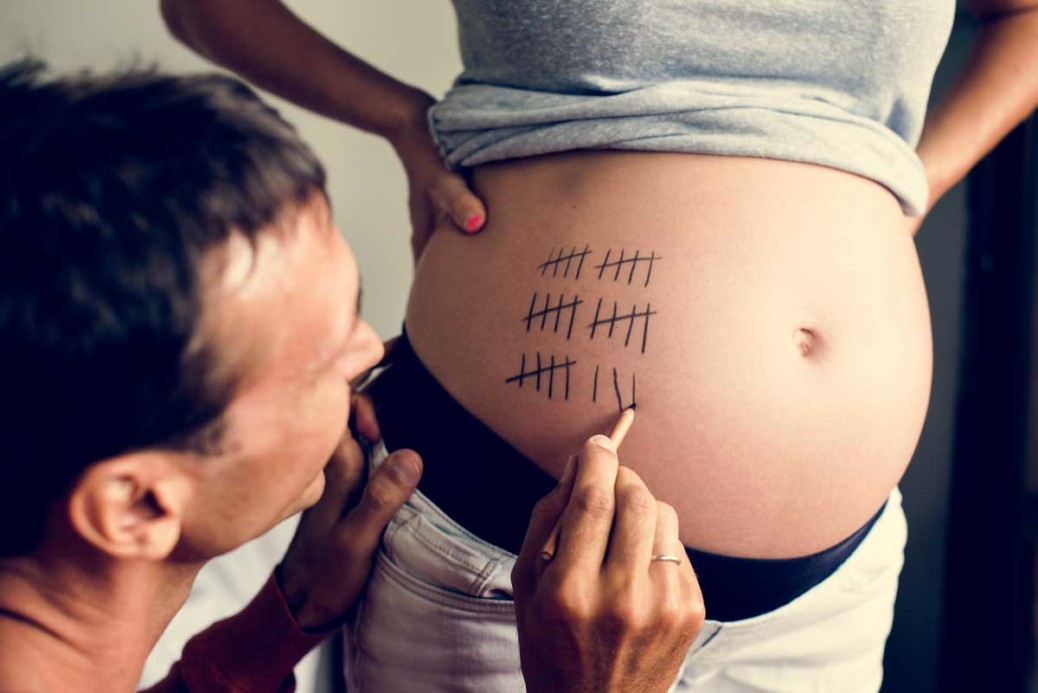Your Essential Pregnancy Guide: Third Trimester (+ Animation)
Our guide to your third and final trimester will help you enjoy the rest of yoyur pregnancy and prepare for your baby
12 min read
 Pregnancy – Article by
Pregnancy – Article by 
Your Essential Pregnancy Guide: Third Trimester
This is it – the third trimester and the home stretch. In just a few short months, you’ll finally meet your baby, move into your new role of parenthood, not just baby-incubator, and wave a fond or not-so-fond farewell to pregnancy.
This is our third trimester pregnancy guide. In it you’ll find an overview of what to expect, a weekly look at what’s happening to you and baby, plus things you need to do and things to look out for
In a hurry? Watch the highlights of your third trimester in the animation below, or jump to the section you need:
Overview of the third trimester
Weeks 28-32
Weeks 33-36
Weeks 37-40
Things to do in the third trimester
When to call your LMC in the third trimester
Nearly there, mama! Let’s go.
Overview of the third trimester
By the third trimester, you’re definitely going to be looking and feeling pregnant. The extra weight could be making you feel uncomfortable and tired, with an achy sore back to boot. This trimester your body is gearing up for labour – ligaments in your pelvis and hips are loosening, which may be a bit sore. You might also feel Braxton-Hicks contractions, mild contractions that are warm-ups for the real thing.
As baby’s getting bigger, they’re putting pressure on your internal organs. Not only may you need to go to the toilet a lot, but you might be experiencing heartburn and breathlessness too.
Regardless of everything you’ve got going on, you’re probably feeling excited and happy this trimester – you’ll be meeting your baby soon (and, even better, pregnancy will soon be over!). Expect to see more of your Lead Maternity Carer (LMC) this trimester with more frequent visits.
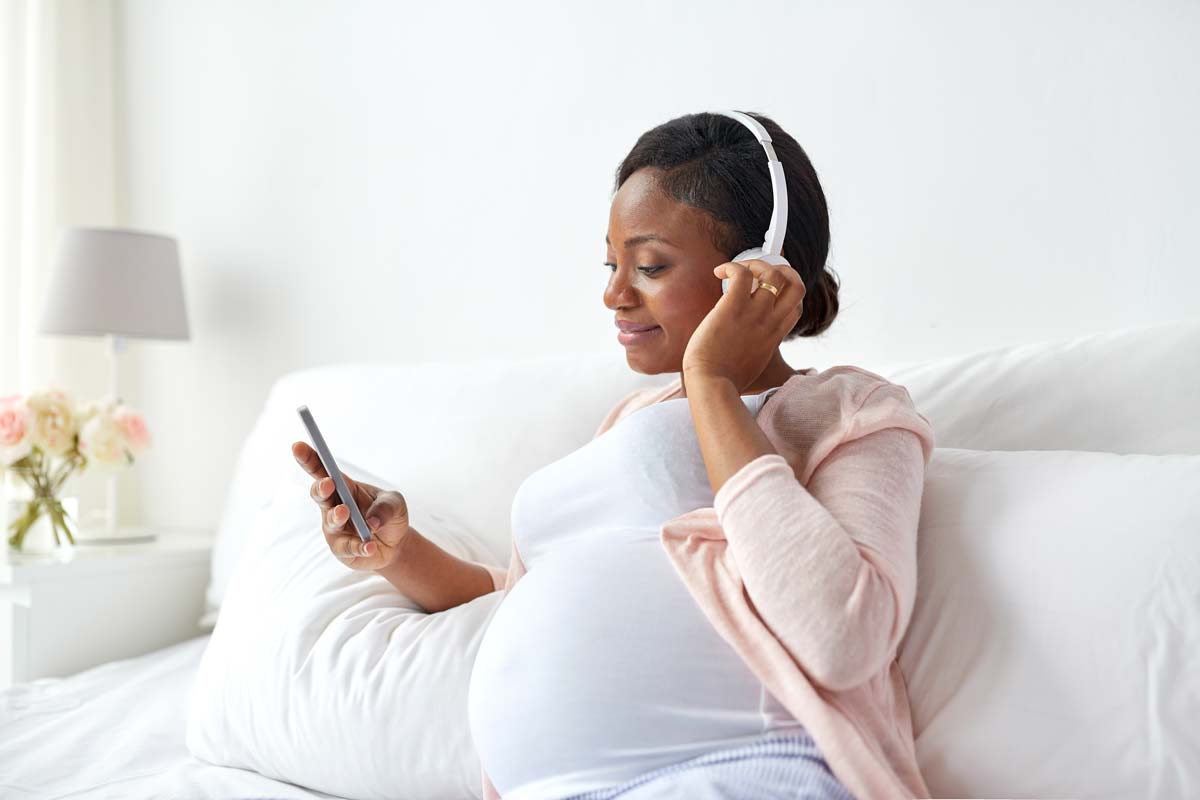
What’s happens to your baby during the third trimester?
Your baby is busy preparing for labour and life outside the womb too. They’ll be piling on the pounds in the third trimester, with fat stores developing. Their lungs are preparing for their birth day.
They’ll also have established sleep-wake routines – their movements will let you know when they’re active and awake and will reassure you that your baby is energetic and feeding well.
Although the average length of pregnancy is 40 weeks, most babies are born somewhere between 38-42 weeks, with first babies likely to stay inside past your due date.
Great news if baby makes an early appearance: by week 37, your baby will have developed enough to allow them to survive without medical assistance if they’re born then.
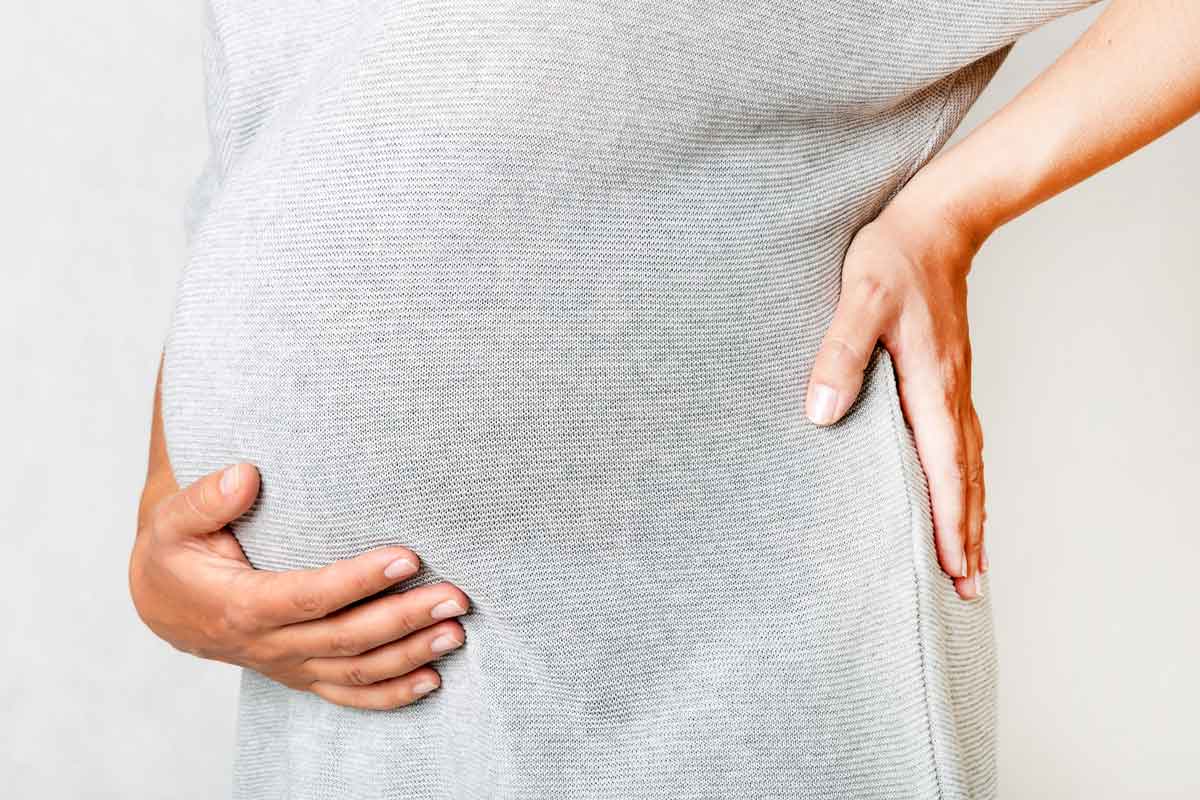
Weeks 28 to 32
What’s happening to you?
Your body is working hard by now. Your heart’s beating up to 20% faster to pump all the extra blood around your body – you now have 40-50% more blood than before you were pregnant. But baby is doing a good job of drawing more iron from your body as they build up their own iron stores. Which means you could have be at risk of anaemia (lack of iron in your blood) in your third trimester. If you’re feeling really tired or looking very pale, you could be anaemic. Talk to your LMC. They’ll order a blood test and check your iron levels. If you are anaemic, it’s easily fixed by taking iron supplements.
As well as producing more blood, your body’s making more fluid too to help maintain your amniotic fluid level (what your baby is currently floating around in). Because of this extra fluid, you might notice your feet, ankles, or hands swell up gradually throughout the day. This is called oedema, or fluid retention. You can help ease oedema by drinking plenty of clear, unsweetened fluids throughout the day – water is perfect.
If your face and hands suddenly swell up, or you get a headache or problems with your eyesight as well as oedema, call your LMC.
Cramping legs? It could be due to a mineral deficiency. Your baby is taking minerals from you to strengthen their skeleton and if you’re not taking or absorbing enough minerals, your muscles might start to cramp. Chat to your LMC about the best way to manage this.
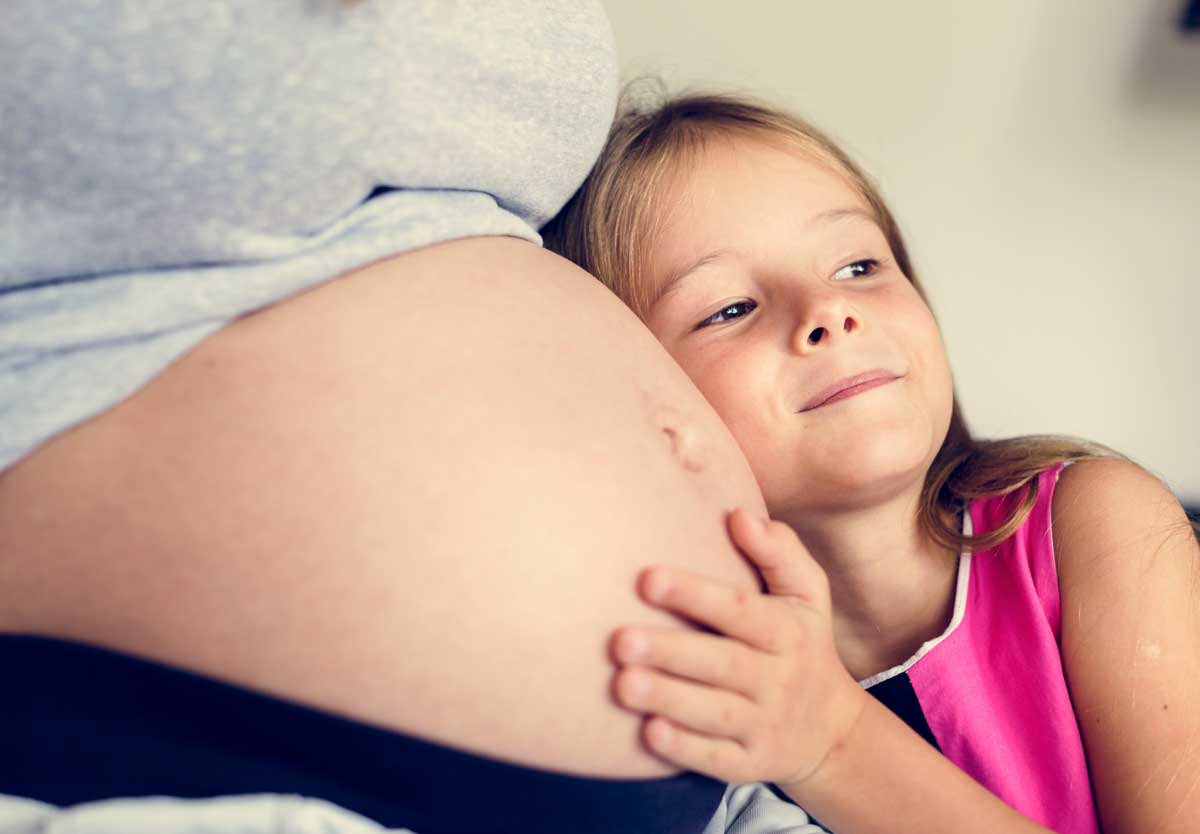
Skin changes in the third trimester
You may find yourself in the 20% of women who experience itchiness and dryness, mainly on their abdomen but can be felt all over the body, during the third trimester. While blaming your pregnancy hormones, try some natural plant-based skincare products to ease the itch.
If you’re feeling itchy on the palms of your hands or the soles of your feet, let your LMC know straightaway – it’s a tell-tale sign of cholestasis, a liver condition that can increase the risk of premature labour.
You might start earning your stripes this trimester – literally. 50-90% of women get stretchmarks during pregnancy. You might find them on your abdomen, hips, buttocks, breasts, inner thighs or inner arms. Keep your skin well-nourished to help it cope better with all this pregnancy stretching. Think plenty of healthy food, lots of water and natural skincare products.
Baby brain already?
Not quite, but you may be forgetting things more often now, from lost keys to losing track of a conversation, it’s all completely normal. Those pregnancy hormones are at play again, trying to get you to slow down so your energy can be directed towards your baby’s growth instead.
Listen to your body. Slow down, reduce your workload, use your phone to remind yourself of important appointments and spend more time relaxing, gently exercising and stocking up on sleep.

What’s happening to your baby?
By week 28, your baby weighs about 1kg. Their ever-increasing weight gain is filling out their shape and they’re still busy moving around.
By 29 weeks, they’re 26cm when curled up from head to bottom and they weigh around 1.3kg. Their eyes are open.
By 30 weeks, they’re about 43cm long with their legs extended. Their brain is forming the grooves you can see in an adult brain and they can react to loud sounds.
By week 31, they won’t be growing much more in length, but they will be gaining weight. They might be active on some days, and less so on others. Because of their now-open eyes, they can tell whether it’s light or dark.
By 32 weeks, they can see and hear and are probably feeling a tiny bit cramped – there’s less room to move now. They’ll probably settle into a head-down position by the end of this week.
Baby may be busy hiccupping too – you might feel rhythmic, twitch-like movements which are totally harmless (although they do feel a little weird to begin with).
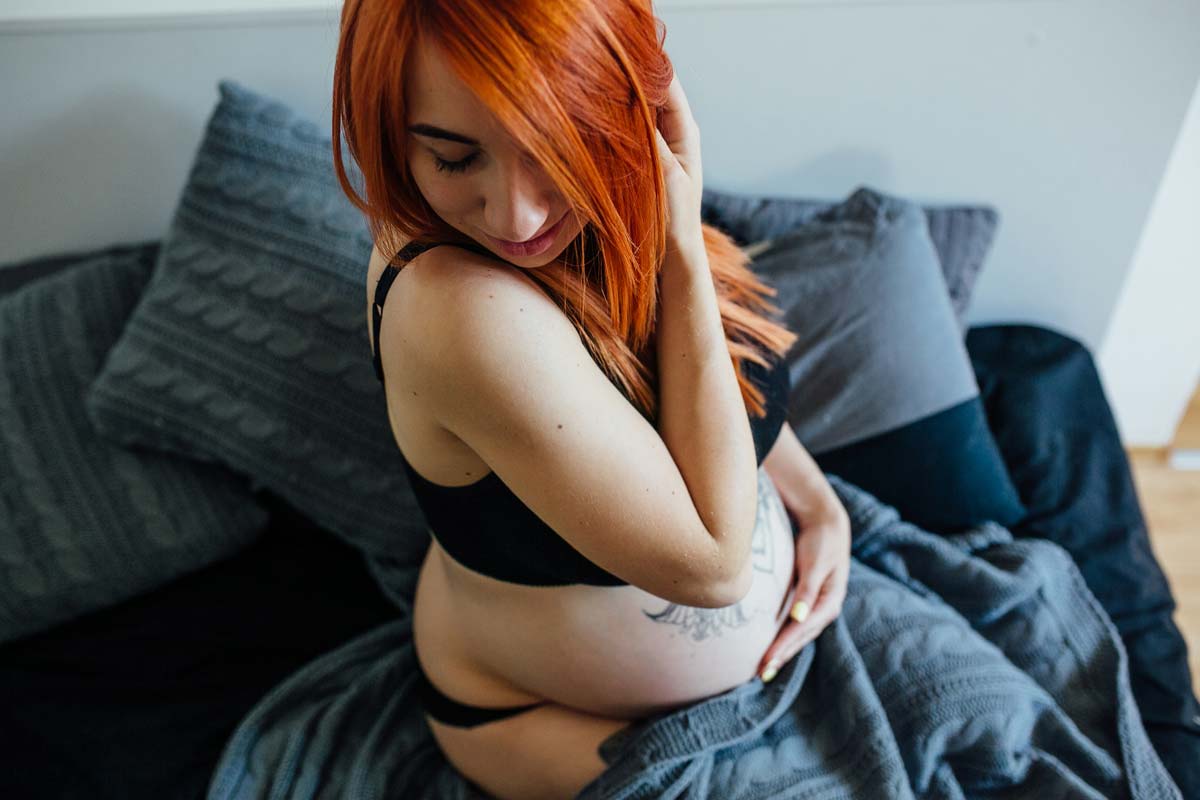
Weeks 33 to 36
You may be getting the whole range of emotions chucked at you in these weeks. As you grow closer to b-day, you may be feeling scared, or excited, or nervous, or weepy, or sad, or happy or a combination of the lot – and more.
Be kind to yourself – there’s a lot to process. Take the time you need to work through your emotions in a way that works for you, whether that’s a long phone call to mum, spending time with the bloke that got you into this, or crying on a friend’s shoulder.
With a whole new person inside you, you’re going to be feeling a bit stressed, tired and achy. Your organs are shifting around – your lungs and stomachs will be pushed up. So, you may have rapid and shallow breathing or indigestion and heartburn.
As baby drops down, hopefully head-first, into your pelvis to prepare for birth, you should start to feel a bit better.
When your baby drops down, it’s called “engaging” and it should happen in these weeks. Once your baby has engaged, there’s not much room to move – they’ll still wriggle, kick and rotate a little but they probably won’t change position.
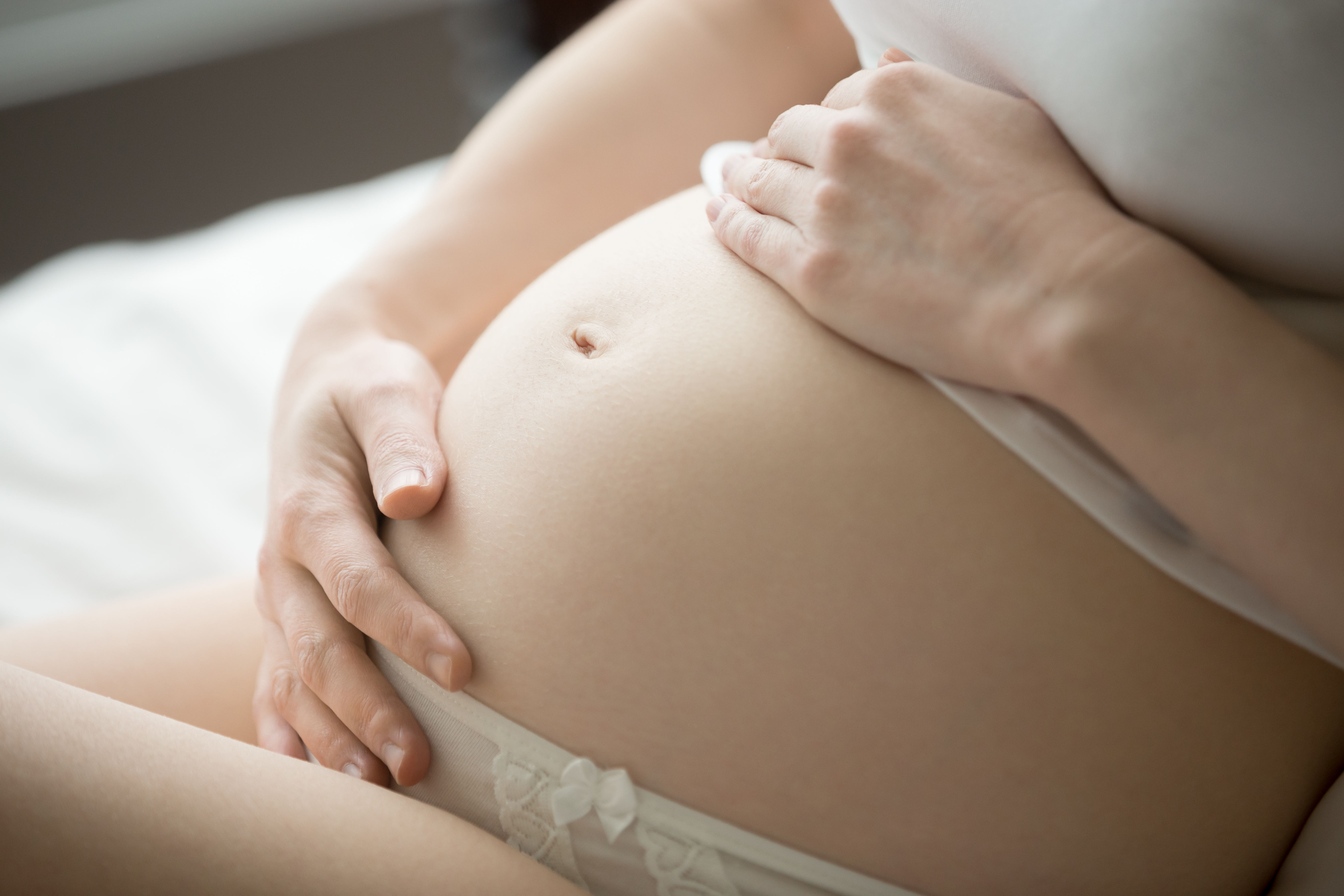
Aches and pains of the third trimester
Your body knows labour is coming soon so to prepare itself, it’s continuing to soften and loosen. This means you might have an aching back or pelvic or ligament pain.
All that stretching and softening means you might also be experiencing varicose veins – in your legs and, unfortunately, in your bum too (delightful haemorrhoids). Try sitting on an ice pack for quick relief or ask your LMC for a prescription for a haemorrhoid ointment.
Although you need your sleep more than ever, you might be struggling to get it. Insomnia can strike around now, making it difficult to fall asleep or fall back to sleep if you’ve woken up (hello night-time toilet trip). It could be due to you being physically uncomfortable, stress, or a racing mind.
Plenty of exercise and a maternity pillow could help with the discomfort. If it’s stress, make time for relaxation every day – read a book, listen to relaxing music, have a bath, enjoy a cup of herbal tea… calm a racing mind by starting a bedtime routine or writing down all your worries before bed each night. If you can, reduce your working hours so you can nap during the day.
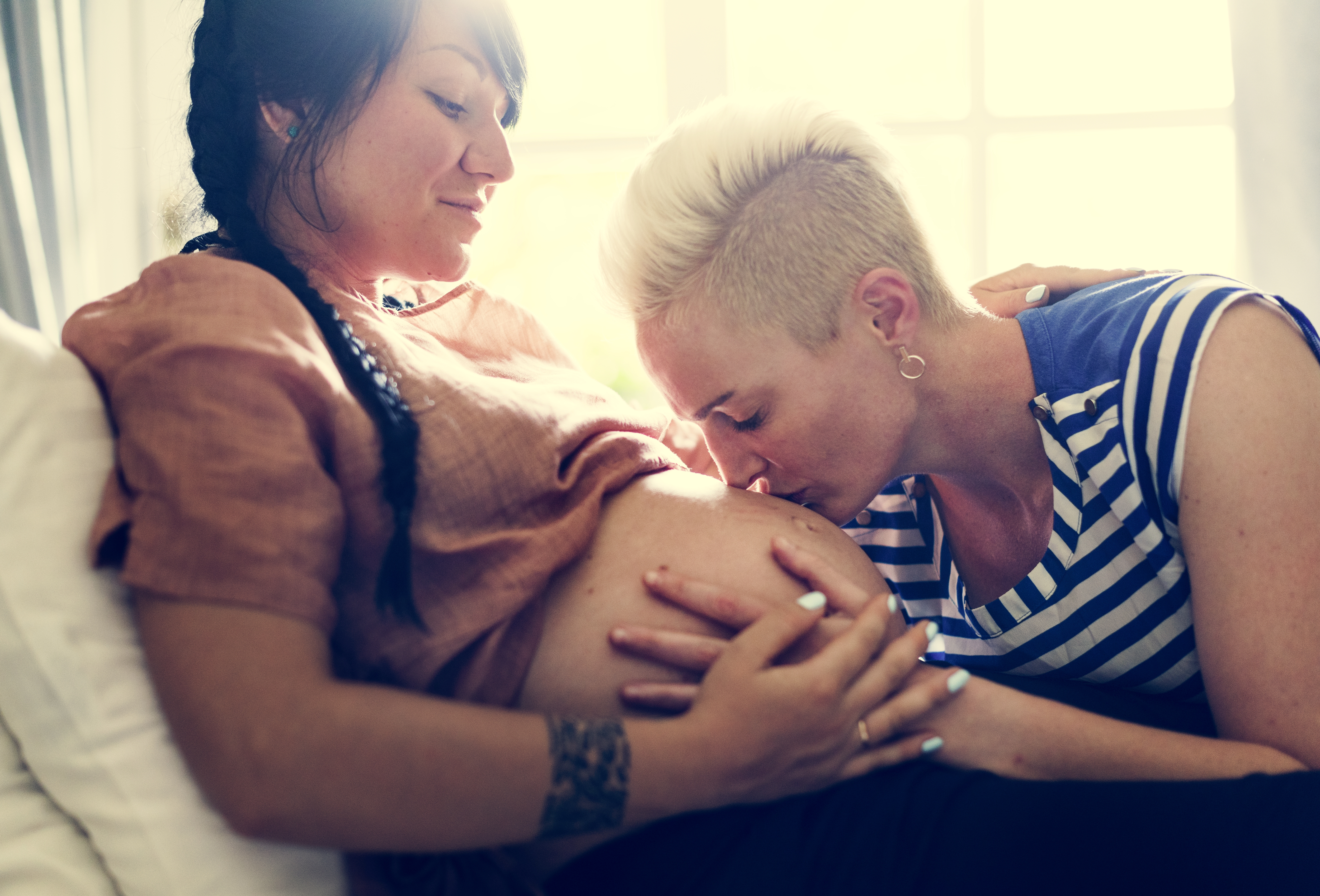
What’s happening to your baby?
By week 33, your baby is 45cm, weighs about 1.6kg and could have a full head of hair.
By 34 weeks, they’re about 46cm and might weigh around 2kg. By now, big moves are happening less often, but there should still be lots of little ones especially as they settle into a head-down position.
By week 35, they might be 48cm and weigh around 2.3kg. Their lungs are almost fully grown.
By 36 weeks, they might be 50cm (which should be about the same length as when they’re born) and around 2.7kg. Their head will “engage” (move down into your pelvis). They might enter your pelvis feet or bum first – this is called breech. If this happens, your LMC will work with you to encourage baby to turn.
During these weeks, your baby will probably gain more weight than at any other time of your pregnancy. They’ll shed the soft hair (lanugo) that’s been all over their body since the beginning of the second trimester and instead the waxy vernix that protects their skin will get thicker.
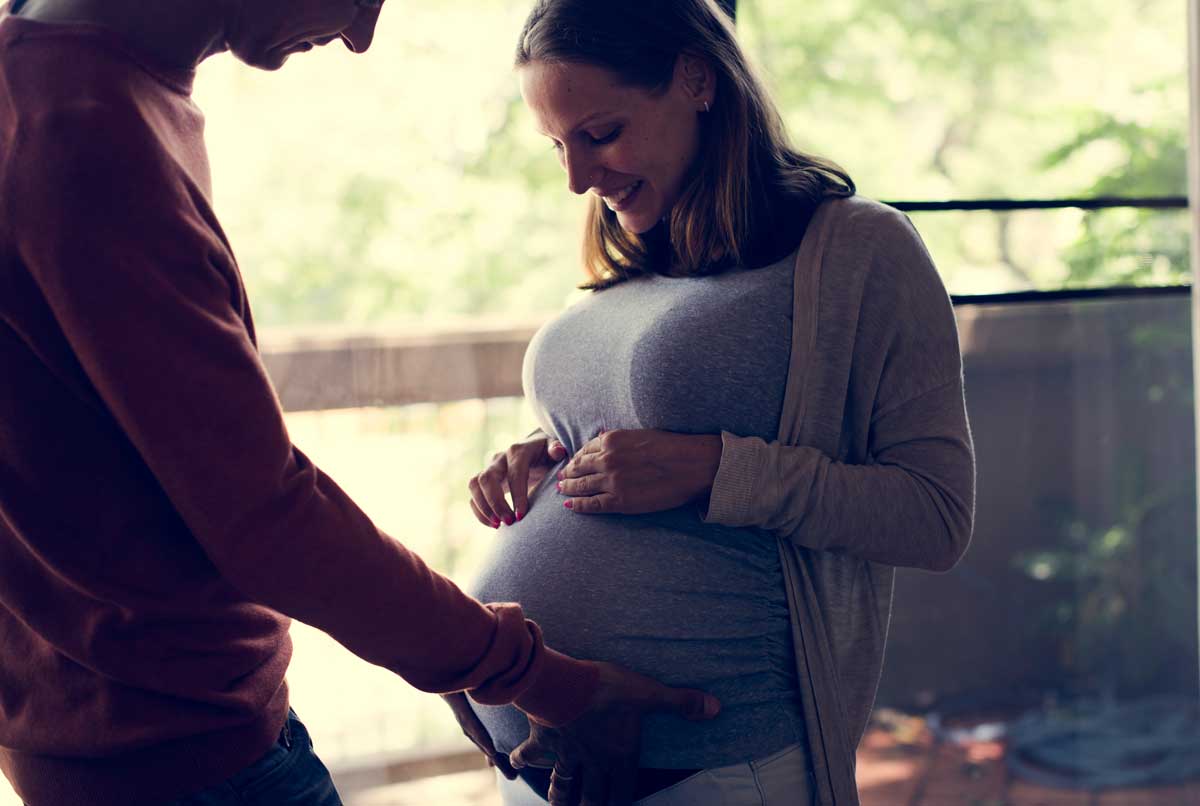
Weeks 37 to 40
What’s happening to you?
So nearly there! With only a few weeks to go, you’ll probably be fixated on your due date. But here’s what you should know about your due date – a pregnancy’s normal length is between 37 and 42+ weeks. So, your due date, at 40 weeks, is simply a date in the middle of this normal range. A whopping 60% of babies are born after their due dates so don’t get too hung up on it.
Where are you, baby?
Due date gone and still no sign of baby? Some babies do hang out in the womb past their welcome. The problem with that is the lifespan of your placenta. It’s limited and if your pregnancy continues beyond your placenta’s lifespan, it may stop working effectively.
Because you’ll be carefully monitored by your LMC by this stage, they’ll be ensuring your placenta and baby are still healthy. If you go a week beyond your due date, your LMC may start talking to you about your induction options.
Get prepared for labour
During these weeks (and beyond), you will go into labour. Whether it starts naturally, or you’re induced, it’s happening! Usually labour starts some time between 1 week before your due date and 2 weeks after it. Normally the start of labour is a gradual process that takes hours and can stop-and-start over a few days.
Check out the signs of labour so you know what to watch for – these include contractions, and your waters breaking
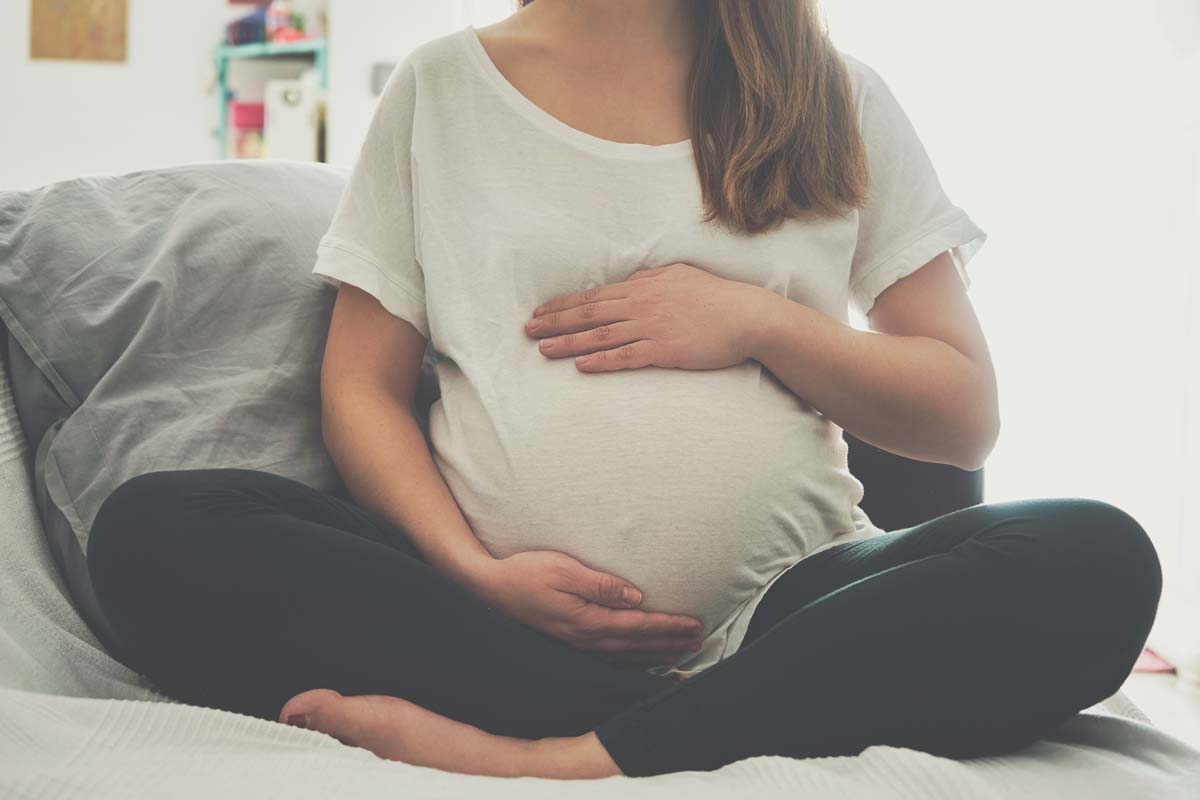
What’s happening to your baby?
By week 37, your baby might be 51cm and about 2.9kg. They’ll still be gaining weight steadily and won’t have enough room to somersault.
By 38 weeks, they might appear less active (there is less room in there!) and they might be sitting low in your pelvis.
By week 39, they’re fully developed and continue to gain weight.
By 40 weeks, they’re ready to be born. The average newborn weighs 3.4kg and measures 51cm.
By weeks 41 and 42, they could still be keeping you waiting because they’re so safe and snug inside.
By these final weeks, your baby is now considered to be full-term. They’ll be curled up into the fetal position and busy practising for life outside the womb – breathing, swallowing, blinking, grasping, and more.
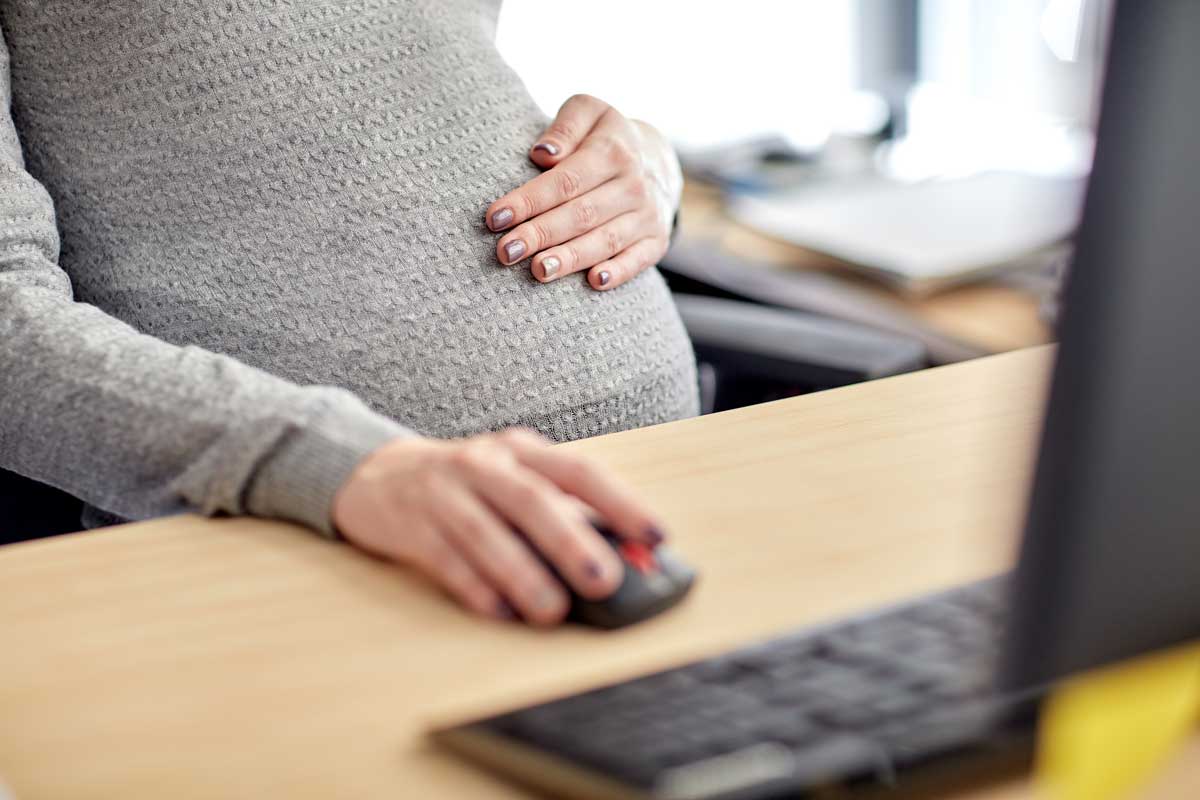
Things to do in your third trimester
It’s all about taking care of you in the third trimester – resting, preparing and squeezing in plenty of you-time:
Finish work
Ideally you should have started your maternity leave by week 37. This (hopefully!) gives you a few weeks to prepare, physically and mentally, for baby’s arrival.
Start to think about childcare
If you’re going back to work after baby is born, consider your childcare options. Daycare centres usually have a waitlist so get baby signed up now.
Discuss your birthplan
If you haven’t already, now’s the time to discuss your birthplan with your LMC. It outlines what you’d like for your labour and birth.
It includes where you’d like to give birth (at home, in a birthing centre or hospital, a water birth, etc.) and what you’d like within your birthing environment (such as aromatherapy, low lights, and music). It also details your approach to managing your labour, including whether you’re aiming for a natural birth or you’d like pain relief.
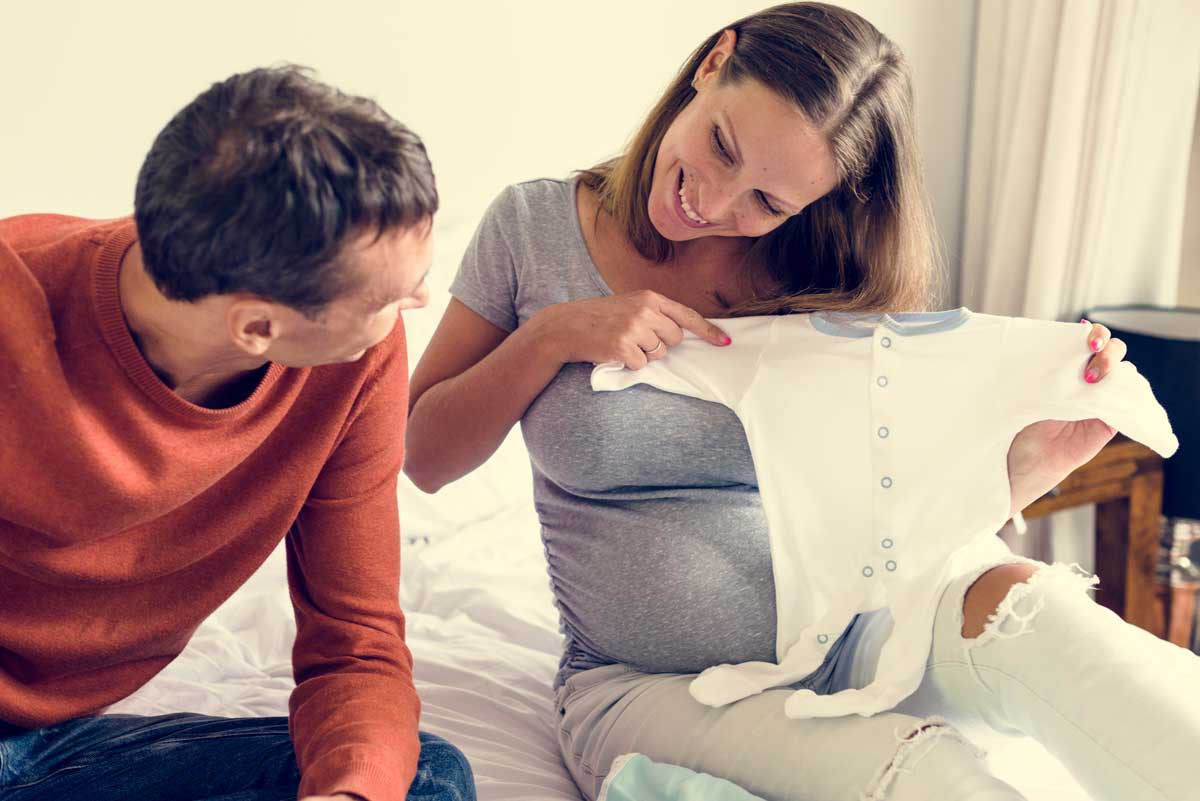
Think about postnatal care
Although you’re focused on labour and birth right now, you also need to have a chat with your LMC about your postnatal care which should last between 4-6 weeks. Find out how often you’ll be visited once baby is born (including a home visit schedule) and make sure you know how to contact your LMC in between these visits.
Pack your bag
Make sure you’ve got a bag packed and ready at the door for when you go into labour. It should have everything you need during your labour, plus some clothes for baby. Have a look at some ideas of what to pack.
Have a baby shower
Now’s the perfect time to throw your baby shower – or even better, get someone to throw it for you.
Put the washing on
Wash all your baby’s clothes and bedding – laundry detergent suitable for sensitive skin is a good idea. They’ll be so tiny and brand new that you’ll want to avoid irritating their skin.
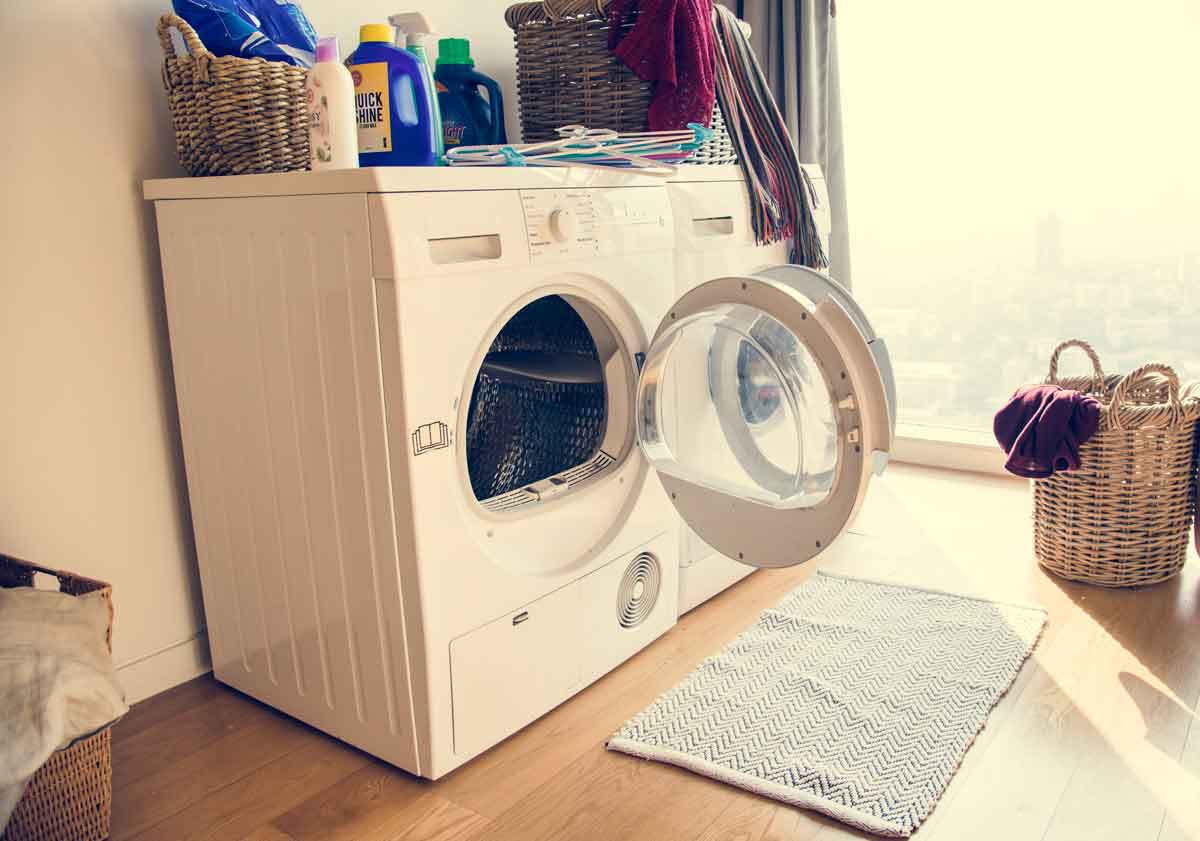
When to call your LMC during your third trimester
In your third trimester you could be feeling pretty big and uncomfortable and increasingly achy – all of which is completely normal. But if you experience any of the following, call your LMC straightaway:
- Severe abdominal pain or cramps.
- Severe nausea or vomiting.
- Bleeding.
- Severe dizziness.
- Pain or burning during urination.
- Baby not moving as normal.
That’s it! Once your third trimester is over, you’ll be welcoming your baby into the world. To help you prepare, read up on what to expect during labour and how to care for your newborn.
